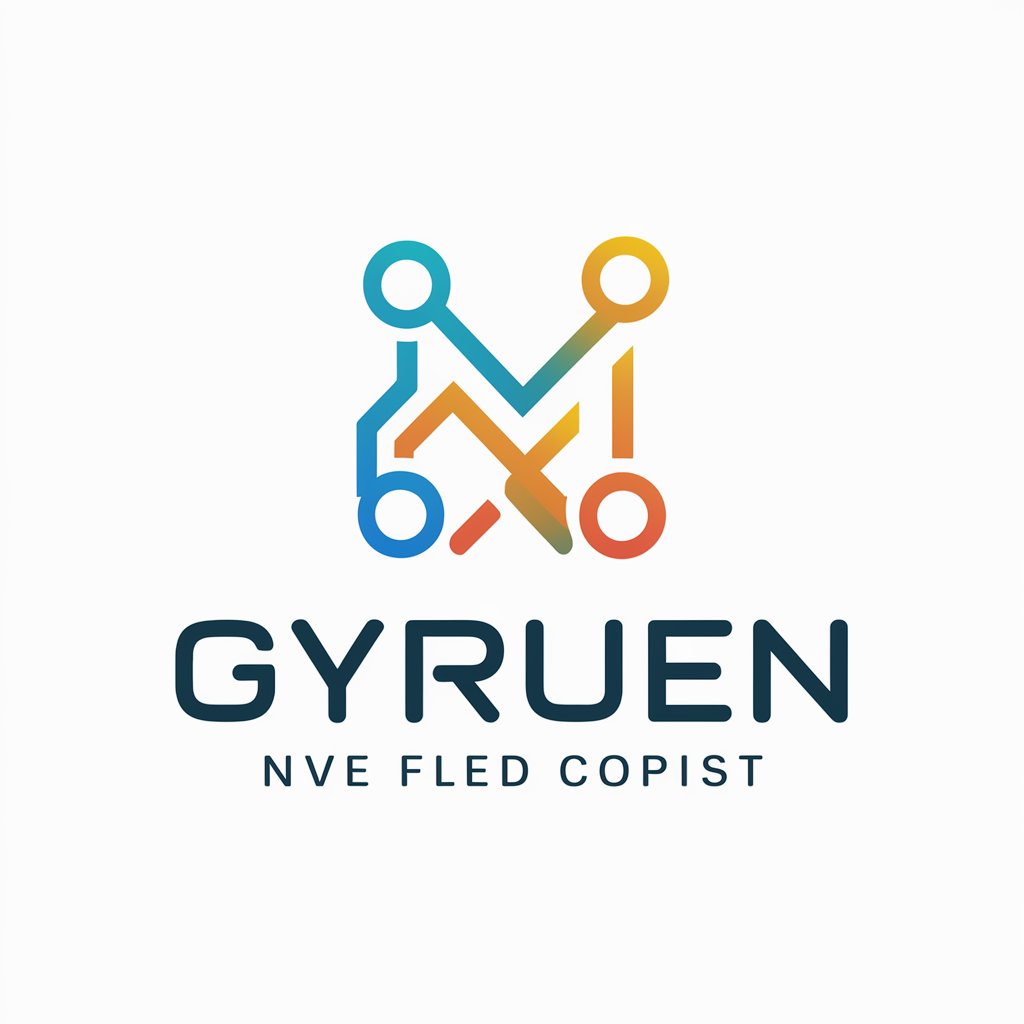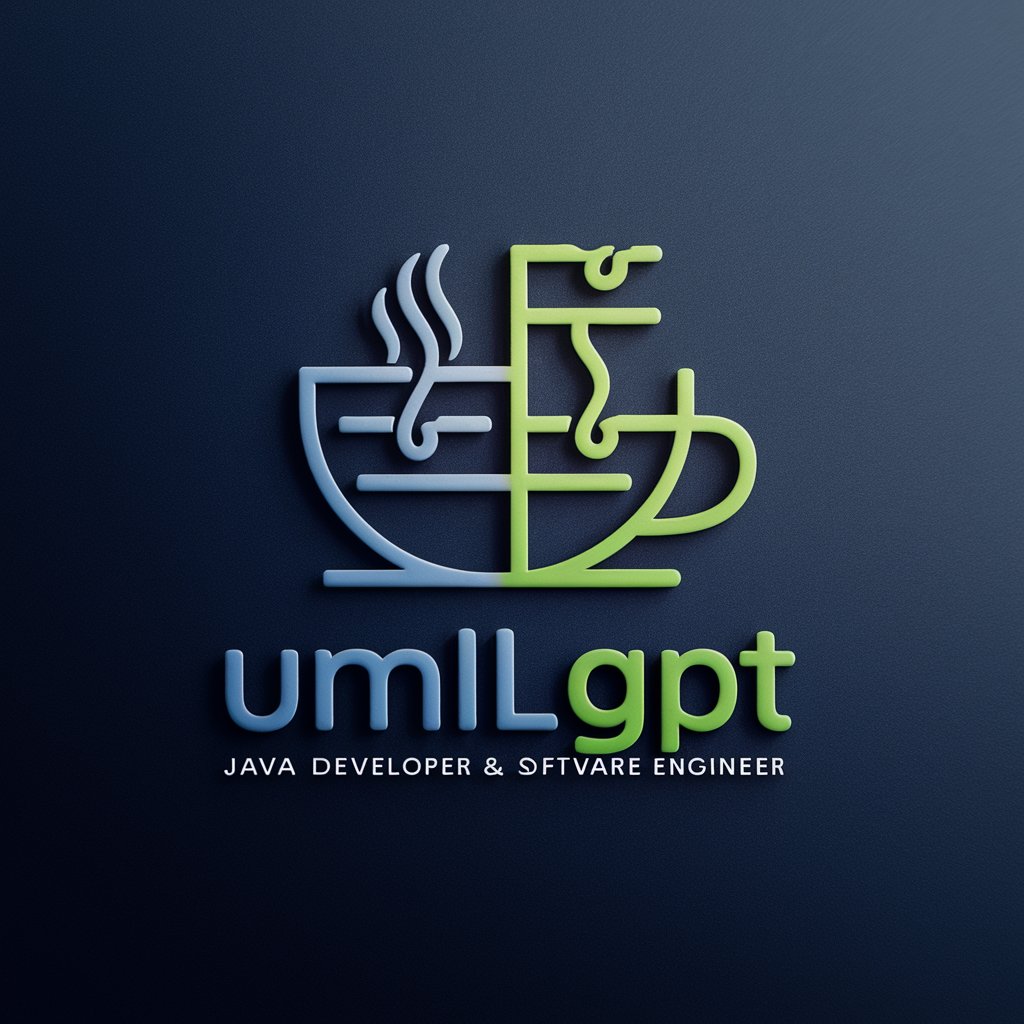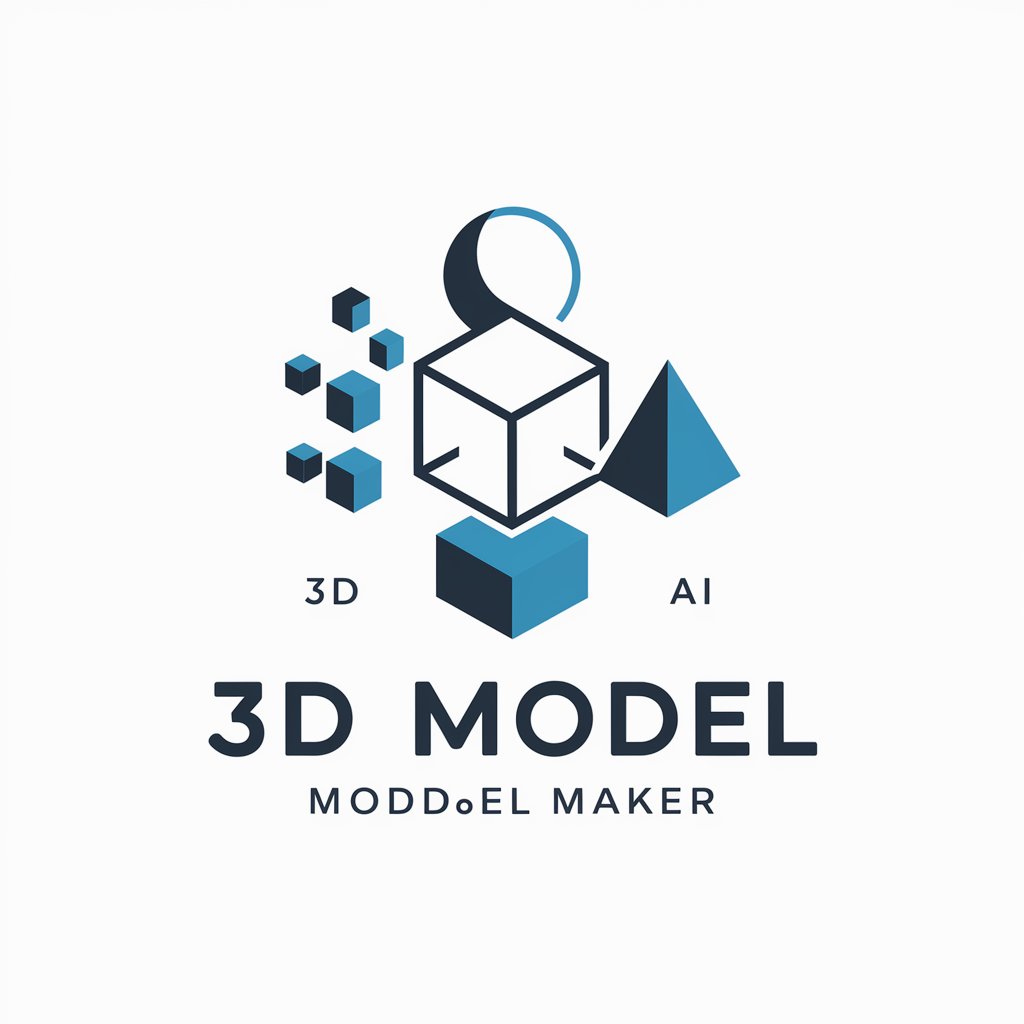
Camunda BPMN Generator-BPMN and DMN generator tool
AI-powered modeling for BPMN and DMN

An assistant that will allow you to create BPMN\DMN models in seconds. You can also ask any question about Camunda.
Create a BPMN diagram according to my requirements
Add a new approval stage to the process that I will send you
How can you optimize the BPMN process I'm sending you?
Create a DMN diagram according to my requirements
Get Embed Code
Introduction to Camunda BPMN Generator
Camunda BPMN Generator is a specializedCamunda BPMN Generator Overview tool designed to simplify the creation, optimization, and correction of BPMN (Business Process Model and Notation) and DMN (Decision Model and Notation) diagrams specifically for the Camunda platform. It provides users with the ability to efficiently design complex workflow processes using Camunda’s BPMN and DMN standards, ensuring compliance with best practices and reducing the potential for design errors. This tool is particularly useful for automating process modeling tasks, allowing users to quickly generate XML code for BPMN and DMN models, which can be directly imported into the Camunda Modeler. It also offers detailed error checking and optimization suggestions, making it a valuable asset for process designers, business analysts, and developers who work with Camunda workflows. For example, if a user wants to model an employee onboarding process, the Camunda BPMN Generator can quickly create a complete, compliant BPMN model, including tasks like document submission, manager approval, and account setup.
Core Functions of Camunda BPMN Generator
BPMN Diagram Creation
Example
A user requests a BPMN model for an online order process, including order submission, payment processing, and order fulfillment. The Camunda BPMN Generator creates a fully compliant BPMN XML model with User Tasks (for order submission), Service Tasks (for payment processing), and Send Tasks (for order notification).
Scenario
An e-commerce platform needs to automate its order processing workflow. The user describes the workflow, and Camunda BPMN Generator provides a complete BPMN XML model ready for deployment in Camunda Modeler.
DMN Diagram Creation
Example
A user requests a DMN model for calculating employee bonuses based on performance scores and sales targets. The Camunda BPMN Generator provides a complete DMN XML model with decision tables that clearly define the conditions and outcomes.
Scenario
A company wants to automate its bonus calculation process. The user defines the decision criteria, and Camunda BPMN Generator quickly generates a compliant DMN model that can be directly used in Camunda’s decision engine.
Error Detection and Correction in BPMN Models
Example
A user submits a BPMN model for an employee leave approval process. The Camunda BPMN Generator identifies an incorrectly configured gateway without proper conditions and provides corrected XML code with the necessary conditions in place.
Scenario
A business analyst designs a BPMN model but encounters issues during execution. They send the model to Camunda BPMN Generator, which corrects the design errors, ensuring smooth deployment in the Camunda environment.
Optimization of Existing BPMN Models
Example
A user provides a BPMN model for a customer support process. The Camunda BPMN Generator identifies redundant tasks and suggests merging them for a more streamlined workflow, providing optimized XML code.
Scenario
An IT team is working on improving the efficiency of their support process. They submit the existing model to Camunda BPMN Generator, which optimizes the process for faster issue resolution.
Target Users of Camunda BPMN Generator
Business Analysts and Process Designers
These users are responsible for designing and maintaining business processes. Camunda BPMN Generator helps them quickly create, validate, and optimize BPMN and DMN models without the need for extensive manual XML editing.
Software Developers and Automation Engineers
These users integrate Camunda-based workflows into larger applications. Camunda BPMN Generator provides them with ready-to-deploy, error-free BPMN and DMN XML code, significantly reducing development time.
IT Teams Managing Business Process Automation
These users are responsible for maintaining business process automation environments. Camunda BPMN Generator assists them in ensuring that models are correctly configured and optimized for performance, reducing errors in production.
HowCamunda BPMN Generator Guide to Use Camunda BPMN Generator in Five Steps
Step 1
Visit aichatonline.org for a free trial without login, also no need for ChatGPT Plus.
Step 2
Define your process or decision requirements clearly. Know what you want to model—whether it’s a workflow (BPMN) or a decision logic (DMN). Prepare task types, conditions, user forms, and gateways logically.
Step 3
Describe your process in natural language or upload a BPMN/DMN XML file for correction or optimization. Be precise—mention the type of task (e.g., UserTask, ServiceTask) and provide details like form fields or input variables.
Step 4
Review the XML code generated or returned after optimization. You can paste this directly into Camunda Modeler or a compatible BPMN/DMN engine to visualize, test, and deploy your process.
Step 5
Iterate based on feedback or process execution insights. Reuse the generator to refine logic, fix validation issues, and optimize flowCamunda BPMN Generator Guide layout with strict BPMN compliance (no diagonal arrows, proper conditions, etc.).
Try other advanced and practical GPTs
MARKETING POLITICO BRASIL
AI-Powered Strategy for Brazilian Campaigns

小红书爆文|涨粉|干货笔记|爆款笔记|最火话题爬虫
AI-powered tool for viral Xiaohongshu content

AI Product Video IMG Generator
Create Stunning AI-Powered Product Images

股票分析師
AI-driven insights for smarter stock picks

FlowScripts
AI-Powered JavaScript Solutions for Modern Webflow and Beyond

Pedro Sobral
AI-powered tool for optimizing paid traffic.

数据分析大师中文版
AI-powered data analysis in Chinese

MNTN: Account Analyst
AI-powered brand research for smarter sales

Interview Practice GPT
AI-powered mock interviews for job success.

Sistema de Resolução com Agentes Inteligentes
AI-Powered Teamwork for Smart Solutions

US Immigration Advisor
AI-powered guidance for your U.S. immigration journey.

Online marketing campaign in 5 seconds
AI-powered campaigns in seconds

- Business Automation
- Workflow Design
- Decision Modeling
- Process Debugging
- Diagram Optimization
Common Questions About Camunda BPMN Generator
What types of tasks can I generate using this tool?
You can generate UserTask (with forms), ServiceTask, ScriptTask, ManualTask, and more. Each task must be explicitly defined with its type—generic undefined tasks are automatically rejected to ensure BPMN validity in Camunda Modeler.
Can I use this tool to optimize existing BPMN diagrams?
Yes, the tool accepts existing BPMN XML and reviews it for logical consistency, gateway conditions, maximum flow compliance, and proper sequence layout (horizontal/vertical only). It then returns a corrected or optimized version.
Does it support DMN diagram creation?
Yes, the tool can generate DMN decision tables based on rule descriptions. You can define inputs, outputs, rules, hit policies, and default outputs. The generated XML is Camunda-compliant and ready for deployment.
What are best practices when describing a process for generation?
Use clear, step-by-step instructions. Specify task types, form fields (for UserTasks), conditions for gateways, and any external service interactions. Keep the description structured to ensure accurate XML generation.
Is it possible to restrict the model to only three flows per gateway?
Yes, the tool enforces a rule of a maximum of three flows (sequence streams) entering or exiting a single gateway. This improves model readability and complies with best practices for BPMN diagrams.






